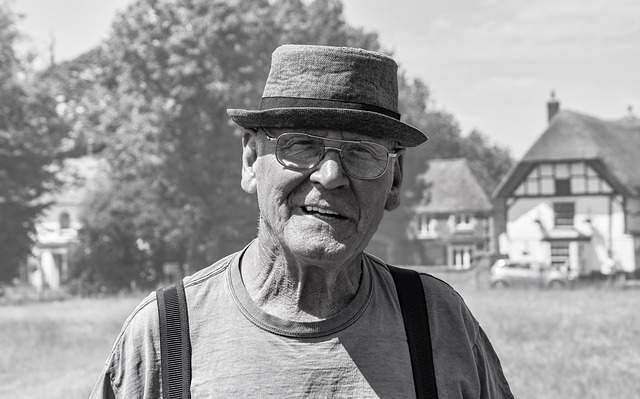
The Great Recession has posed unique challenges for older workers. In this article, we’ll look at how employers are treating older workers, how their rates of unemployment have increased, and how COVID-19 is affecting the lives of older workers. To help you navigate these new challenges, we’ve included some helpful tips below. You can also learn more about the current state of the COVID-19 pandemic.
Discrimination against older workers
Age discrimination can come in many forms, from a comment to forcing older workers to retire. AARP and Michigan Works! have started programs to combat age discrimination in the workplace, and the AARP sends out job listings to its members. The groups also host hiring events. If you are interested in applying for an older worker position, contact the Michigan AARP chapter for more information.
Statistically, older workers who apply for jobs tend to receive fewer callbacks and have longer unemployment than younger job applicants. Moreover, age discrimination often intersects with racial and gender discrimination, making it even more problematic for older workers. Furthermore, older workers often find it difficult to switch jobs, especially if they are part of a low-income household. Furthermore, older workers are often underrepresented in the workforce and face discrimination that can hinder their opportunities for upward mobility.
Unemployment rates for older workers during the Great Recession
The Great Recession disproportionately affected older workers. Unemployment rates for older workers were higher than those of younger and middle-aged workers. Black older workers lost nearly half of their jobs, compared to 6.9% for their younger counterparts. While the unemployment rate for older workers is now lower than it was during the early part of the recession, it remains high compared to other age groups. It is especially problematic for older workers, who have more experience in the workplace.
In recent years, the decline in employment rates among older workers has been accompanied by a decline in nonparticipation rates. Employment rates of older workers declined despite the surge in out-of-work status, which exacerbated their low participation rates. Despite these negative trends, older workers continued to maintain their labor force participation rates. The decline in their unemployment rate in the Great Recession was greater than that for other age groups.
Effects of COVID-19 pandemic on older workers
The impact of COVID-19 pandemic on the employment struggles of older workers is already beginning to be felt. The virus has caused high levels of layoffs in some industries, but more jobs are expected to go unfilled in areas that have greater risk from this outbreak. In addition, older workers are more vulnerable to being laid off than other groups. In fact, approximately 11.6 million older workers are employed in high-risk occupations, which is an underrepresented group in that field. Furthermore, many high-risk industries are facing the threat of closure in severe outbreaks. In areas where government officials have ordered shelter-in-place orders, the possibility of closure may be even higher.
The impact of COVID-19 on older workers’ employment struggles is a global issue. The disease affects older people in many countries, especially those with limited educational backgrounds. Moreover, these workers are often employed in the informal sector in rural areas. In addition to the health risks of COVID-19, the virus can also affect older workers’ well-being and work. The study provides potential solutions to address these issues.